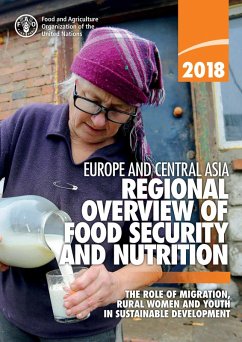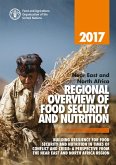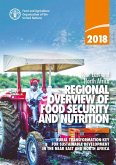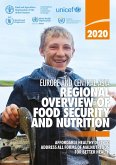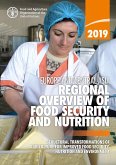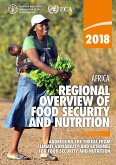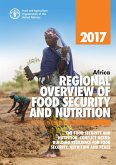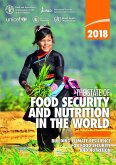Malnutrition in one or more of its three main forms undernutrition, micronutrient deficiencies, and overweight and obesity is present to varying degrees in all countries of the region. Often, all three forms coexist, creating what is called the "triple burden of malnutrition." Overweight among children and obesity among adults continue to rise with now almost one-fourth of the region's adults obese and constitute a significant concern for future health and well-being and related costs.
While poverty levels in most ECA countries have been declining in recent years, poverty coupled with inequality has led to increased vulnerability of disadvantaged groups and populations in rural and remote areas of low- and lower-middle-income countries. New analysis shows that adult women have a higher prevalence of severe food insecurity than men in some areas, pointing to gender inequalities that are reflected in access to food. Addressing gender and other inequalities is key to achieving the Sustainable Development Goals and heeding the call to "leave no one behind."
The publication's focus this year is on migration, gender and youth and the linkages with rural development and food security in Europe and Central Asia. Migration is linked in multiple ways to gender, youth, and agricultural and rural development both as a driver and possible source of development opportunities, with labour migration and remittances playing significant roles in the region. Changing migration processes need to be fully understood to better address the challenges of migration and harness the potential benefits for sustainable development and revitalized rural areas.
Governments, public and private institutions, communities and other concerned parties must strengthen collaboration and scale up efforts towards achieving the goals of a thriving, healthy and food-secure region.
Dieser Download kann aus rechtlichen Gründen nur mit Rechnungsadresse in A, B, CY, CZ, D, DK, EW, E, FIN, F, GR, H, IRL, I, LT, L, LR, M, NL, PL, P, R, S, SLO, SK ausgeliefert werden.

